CONSERVATION CORNER
A weekly blog for all things conservation
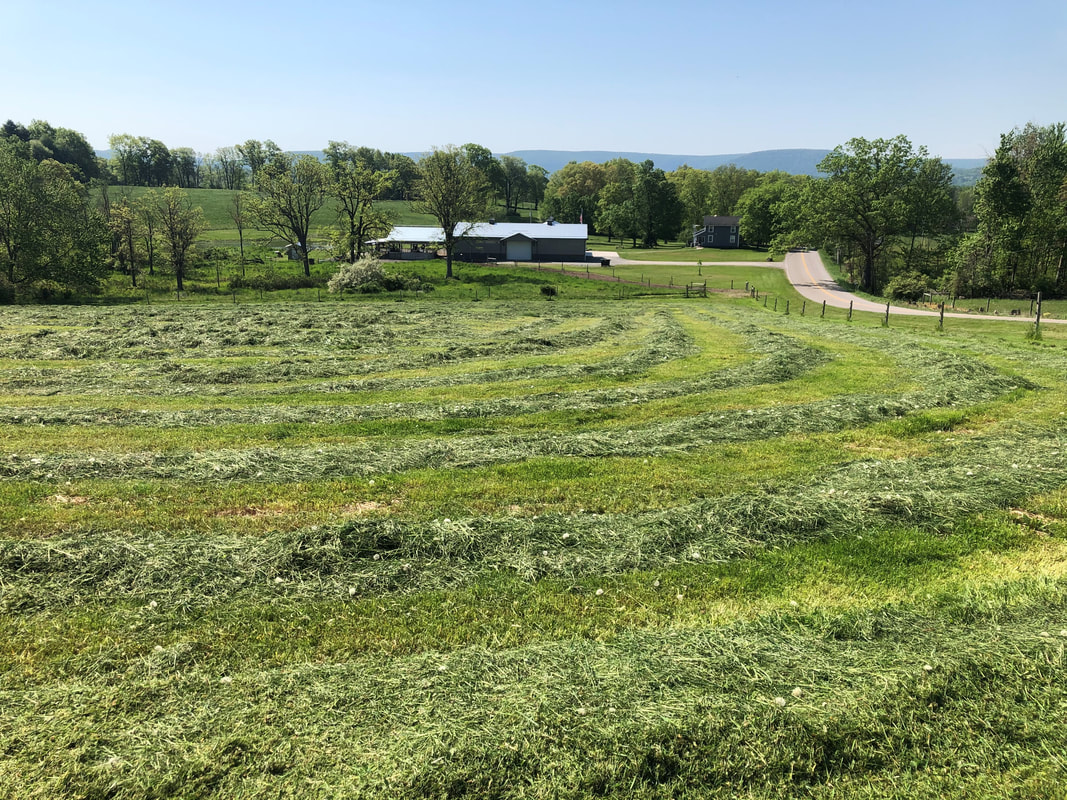 By: Brian Zeidner, Guest Columnist and Bradford County Beef Producer I have a confession. I dislike numbers. But I do like information and have found that if I want to know how well my small beef farm is running, I need to measure my progress and track the results. Tracking the grain inputs of steers when finishing and checking the grade of the beef after butchering lets me know and measure the quality of my product. Calculating manure application on the hay fields builds my soils and ensures I do not contribute to water quality issues with nutrient run-off.
0 Comments
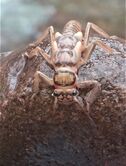 By: Tori Bristol, Dirt Gravel & Low Volume Roads Specialist As we all know, clean water is vital for maintaining healthy aquatic habitats. As areas start to become more developed, the impacts can be seen on the water quality of freshwater ecosystems. There are many ways to evaluate the health of our streams through chemical, physical and biological assessments. One of the easiest ways that scientists (or even you at home) can judge the health of a stream is to collect Benthic Macroinvertebrates, aka Macros. 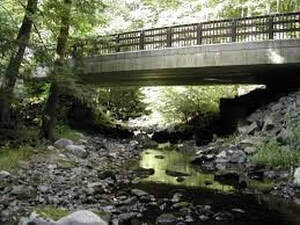 By: Tori Bristol, Dirt Gravel & Low Volume Roads Specialist Stream crossing culverts and streams have been one of the major hot topics over the past decade. Here in Bradford County there are more than 1,000 road-stream intersections, or stream crossings, with many of those crossings being severely undersized. We depend on these crossings to safely pass roadways over streams or even rivers. We also depend on healthy waterways for clean water, recreation and other benefits. We are currently learning more and more about the relationships between stream crossing designs and the effect they have on the natural system. 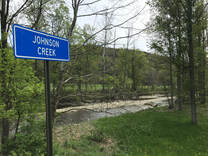 By: Joe Quatrini, Technical Team Leader, BCCD Mud Creek, Fall Brook, Bull Run, the list of stream names goes on and on, but have you ever given any thought to how streams get their names? First off, what’s the difference between a stream, creek, brook, run, or river anyway? Well, nothing really. The terms stream, creek, brook, or run generally refer to smaller free flowing bodies of water. Many people may consider a brook or run to be smaller than a stream or creek. Whereas, the term river is used for larger bodies of flowing water, however, at their headwaters (where they start) they are often small as well. For example, here in Bradford County, we are familiar with the Susquehanna River and recognize it for its size (width, depth). Near its headwaters in Cooperstown, NY though, the Susquehanna is no bigger than many of our smaller streams. 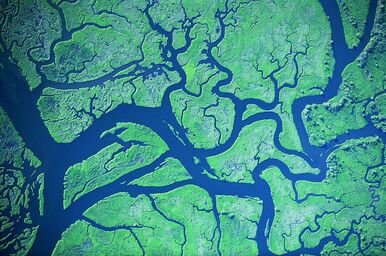 By: Joe Quatrini, Technical Team Leader, BCCD Last week you read about watersheds and hopefully that got you thinking about how our actions locally impact streams and other waterbodies nearby and even regionally. Today, we’ll narrow our focus a bit to discuss stream order. Simply put, stream order categorizes streams by their size. There’s a little more to it than that, however, its relatively uncomplicated. There’s a basic numbering system: First Order, Second Order, Third Order, and so on, that describes a stream and its position relative to other streams in a watershed. A first order stream is a ‘headwater’ stream or a stream that originates from a spring, a wetland, or a pond, etc. You may have a wet spot in a field on your property and as that spot drains downhill it starts to concentrate, picks up speed, and creates a channel with a defined bed and banks. This would be a first order stream. Sometimes what might complicate this is if someone digs a ditch across their property and after some time, it appears to be a stream and may be categorized as such. This is where some landowners may encounter issues with state or federal agencies if they try to alter or maintain that ‘ditch’ once stream characteristics start to develop. If you’ve been following this column over the last couple years, you’ve read over and over that usually the best option when dealing with water is to let it spread out and not to concentrate it. This adds another dimension to that argument where your initial solution to a problem has created a new problem for you now. |
AuthorsVarious staff at the Bradford County Conservation District Archives
April 2024
Categories
All
|
